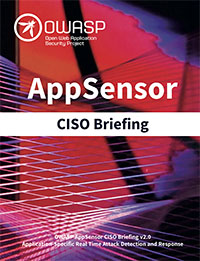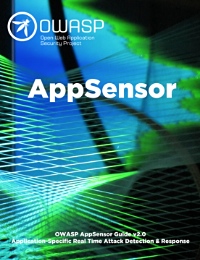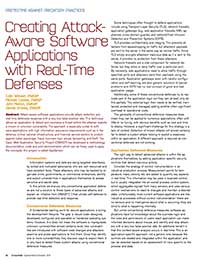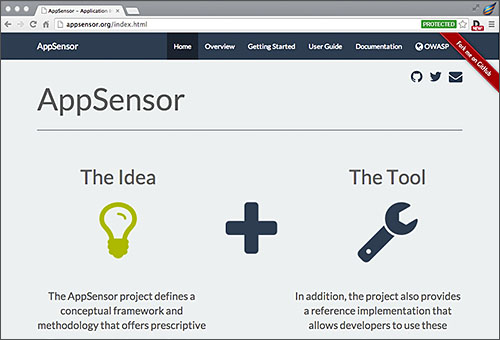|
|
| Line 238: |
Line 238: |
| | | | |
| | - Release update version of ""OWASP-ESAPI-python""" | | - Release update version of ""OWASP-ESAPI-python""" |
| − |
| |
| − | == Past activities ==
| |
| − |
| |
| − | '''June 2015''' Final release v2.1.0 code
| |
| − |
| |
| − | '''April 2015''' CISO Briefing booklet published
| |
| − |
| |
| − | '''February 2015''' Introduction for Developers flyer published
| |
| − |
| |
| − | '''January 2015''' Final release v2.0.0 code
| |
| − |
| |
| − | '''May 2014''' Finalisation and publication of the AppSensor Guide v2.0
| |
| − |
| |
| − | '''November, 2013''' - AppSensor 2.0 hackathon, and document writing & review at AppSecUSA 2013, New York
| |
| − |
| |
| − | '''2012-2013''' - Active Development of next AppSensor book
| |
| − |
| |
| − | '''September, 2011''' - AppSensor Summit at AppSec USA 2011, Minneapolis
| |
| − |
| |
| − | '''September, 2010''' - Presented at AppSecUSA [http://www.slideshare.net/michael_coates/real-time-application-defenses-the-reality-of-appsensor-esapi-5181743 slides]
| |
| − |
| |
| − | '''June, 2010''' - Active ESAPI Integration Underway
| |
| − |
| |
| − | '''November, 2009''' [http://www.owasp.org/images/0/06/Defend_Yourself-Integrating_Real_Time_Defenses_into_Online_Applications-Michael_Coates.pdf OWASP DC, November 2009]
| |
| − |
| |
| − | '''2009''' v1.2 in the works, demo application in development
| |
| − |
| |
| − | '''May, 2009''' - AppSec EU Poland - Presentation ([http://www.owasp.org/images/b/b7/AppsecEU09_MichaelCoates.pptx PPT]) ([http://blip.tv/file/2198771 Video])
| |
| − |
| |
| − | '''January, 2009''' - v1.1 Released - Beta Status
| |
| − |
| |
| − | '''November, 2008''' - AppSensor Talk at OWASP Portugal
| |
| − |
| |
| − | '''November, 2008''' - v1.0 Released - Beta Status
| |
| − |
| |
| − | '''April 16, 2008''' - Project Begins
| |
| | | | |
| | = Detection Points = | | = Detection Points = |








